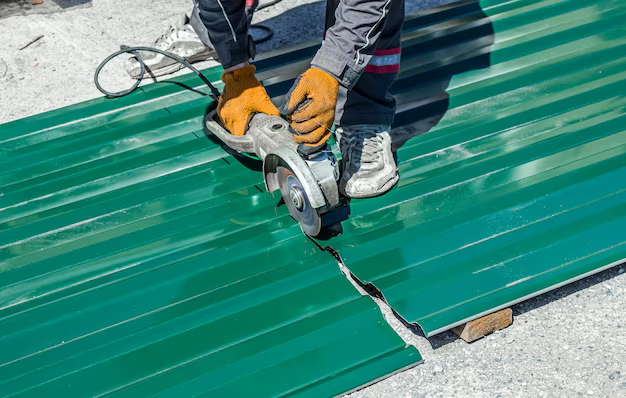Roofing Costs Decoded: What You Need to Know Before You Begin
When you're staring up at your roof's patchy shingles and noticing a few leaks, that pang of anxiety about costs is natural. It's a significant investment, after all. How much will replacing or repairing your roof actually cost? Whether you’re striving for a simple fix or a complete overhaul, knowing the cost variables helps illuminate your path forward.
Key Factors Influencing Roofing Costs
The cost of roofing isn't uniform. It varies due to several factors:
- Material Choice: Different materials come with varying price tags. Asphalt shingles are typically the most economical, ranging from $70 to $120 per square, while slate can cost upwards of $600 per square.
- Size of the Roof: Roofing is priced by "squares," a square being a 10x10 foot area. Naturally, larger homes with more substantial roof surfaces will incur higher costs.
- Roof Complexity: The design of your roof—including its pitch, angle, and architectural style—can increase labor time and costs. More complex roofs are trickier to navigate and install.
- Geographical Location: Living in an urban area versus a rural setting can impact labor costs due to variations in the cost of living, supplies, and contractor availability.
- Permit and Fees: Local regulations might require specific permits, influencing the overall cost.
Additional Cost Considerations
- Underlayment Replacement: Beneath the visible shingles lies the underlayment. Replacing it can add to expenses.
- Old Roof Removal: If you need to tear off the old roof entirely, that adds labor and disposal costs.
- Unexpected Repairs: During installation, contractors might discover structural issues requiring attention.
- Gutter and Flashing Repairs: Often, replacing a roof can also mean updating gutters and flashings.
Financing Your Roof Project: Explore Your Options
Now that you're aware of potential costs, let's explore financial solutions. Roofing is a hefty expense, but numerous financial aids can bring some relief.
- Home Equity Loans: Tap into your home's value. These loans typically offer lower interest rates compared to personal loans or credit cards.
- Government Grants: Programs like the Weatherization Assistance Program can provide financial aid for necessary home improvements.
- Insurance Claims: If your roof incurred damage from a storm or other natural event, your homeowner's insurance might cover partial or total replacement costs.
- Payment Plans Through Contractors: Some roofing companies offer in-house payment plans, allowing you to spread out costs over months or even years.
- Energy Efficiency Rebates: Opting for energy-efficient options can sometimes reward you with rebates.
Financial Assistance Options for Homeowners 🏡💸
- 🏠 Home Equity Line of Credit (HELOC): Ideal for large expenses like a roof replacement.
- 💰 Government Programs: Look for local and federal energy grants.
- 📋 Insurance Policies: Evaluate coverage for weather-related damages.
- 🏢 Contractor Payment Plans: Discuss financing directly with your contractor for potential in-house options.
- 🌞 Energy Efficiency Rebates: Incentives for choosing sustainable materials or technologies.
Taking Action: Armed with the knowledge of both costs and associated financial resources, you're better positioned to make an informed decision. Ensuring your roof is ready to protect your home starts here—so take that first step, get quotes, evaluate options, and choose what best suits you and your financial situation.
